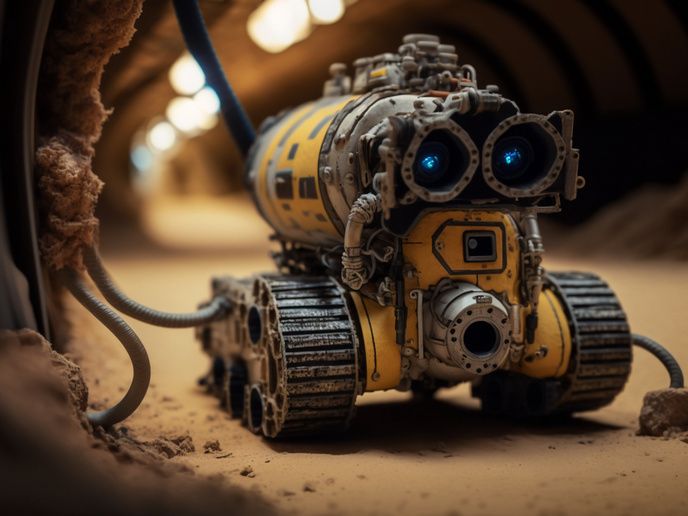Sharing expertise boosts the market for infrastructure robots
Robots are increasingly employed for a variety of tasks across many sectors from hospitality to transportation. While the electronics industry has become the main customer of industrial robots(opens in new window), the fast-growing professional service industry has more diverse uses, with robots for activities ranging from cleaning to security. Despite the efficiency benefits of automating the inspection and maintenance of machines and facilities in industries such as energy and transport, alongside the availability of such robots, it remains a niche market. To help grow this market, the EU-supported RIMA(opens in new window) project created a network of 15 Digital Innovation Hubs (DIH) across 13 European countries to bridge the gap between research supply and industry demand. “So far our DIHs have supported the creation of more than 60 new products and services, helping SMEs sign 25 new deals and raise over EUR 40 million in new investment,” explains project coordinator Christophe Leroux from the French Alternative Energies and Atomic Energy Commission(opens in new window).
Challenges as opportunities
Drawing together value chain stakeholders, RIMA identified challenges common to different infrastructure sectors including: energy, water supply, sanitation, transport and communication. The input from professional associations helped, with one, EFNDT(opens in new window), representing around 50 000 organisations. After two open calls, grants of between EUR 100 000 and EUR 300 000, were distributed to SMEs proposing robotic innovations. Approximately 400 applications were evaluated by external experts, resulting in 50 being mentored by the DIH network over 12 months. Each DIH is a research organisation with experience of inspection and maintenance robots in different sectors, with expertise encompassing: mechatronics, control, perception, non-destructive testing, handling, AI, radio and satellite communication and human-machine interface. As well as mentoring SMEs, the network familiarises industries with new technologies. “Mentoring improved the robotic solutions but also allowed us to assess and fine-tune the quality of services offered by our DIHs,” says Leroux. “Individual DIHs can’t cover the gamut of robotic technologies, so expertise is distributed across the network and accessed through a dedicated portal, the RIMA network community tool.”
Bridging research to market
With DIH training and support with technology transfer, each robotic innovation was tested in real conditions, including underwater, in harbours and nuclear facilities, and on power lines, roads, rails, tunnels, bridges and pipes. The network then helped the SMEs(opens in new window) to commercialise their robots. For example, TANGO, a UAV application(opens in new window) designed to achieve ‘beyond radio line of sight’ for power line inspection, received support from DIH CATEC to help it meet the constantly changing UAV EU regulations and authorisation requirements. This enabled it to scale from the national to the EU market. “The project has enabled FUVEX, the SME behind TANGO, to hire over 20 employees, taking its staff count to 35. This makes it possible to inspect over 130 000 power line towers and 52 000 km of power lines this year,” notes Leroux. Meanwhile, thanks to RIMA, the SME VERTLINER(opens in new window) created an autonomous UAV (AID4ASBUILD) that inspects buildings, travelling through confined spaces – difficult and dangerous for humans. “Again RIMA’s support has enabled the company to acquire new customers, win more funding and hire more staff,” adds Leroux.
Building momentum
The RIMA team is now working to extend its network expertise further along the value chain. In June 2023, with the support of the European association of robotics euRobotics(opens in new window), project partners created the RIMA Alliance to build on its successes. “Activities have already started, with the Alliance attracting new members to maintain Europe’s leading role in robotic research, development and innovation,” concludes Leroux.







